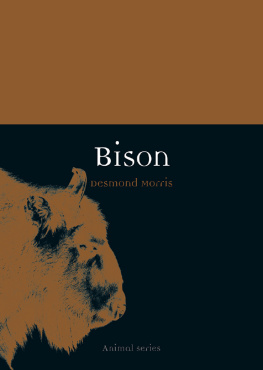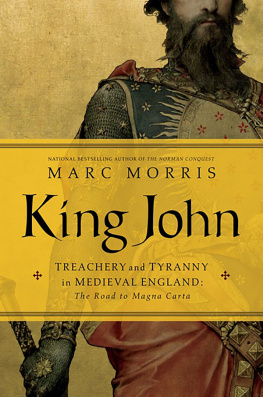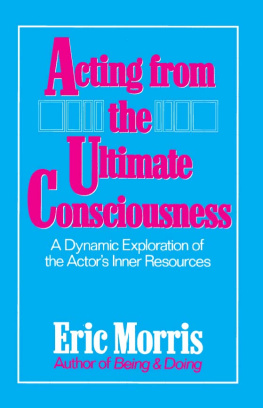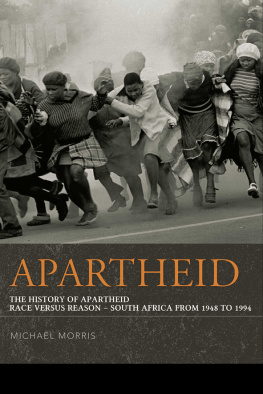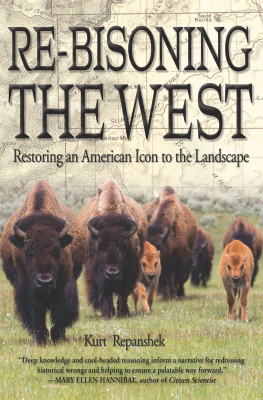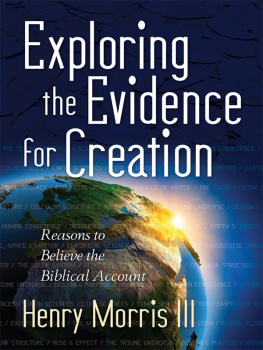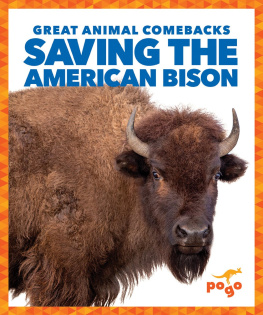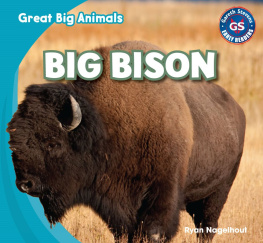Bison

Animal
Series editor: Jonathan Burt
Already published
Albatross Graham Barwell Ant Charlotte Sleigh Ape John Sorenson
Badger Daniel Heath Justice Bear Robert E. Bieder Bee Claire Preston Beaver Rachel Poliquin Bison Desmond Morris
Camel Robert Irwin Cat Katharine M. Rogers Chicken Annie Potts Cockroach Marion Copeland Cow Hannah Velten Crocodile Dan Wylie Crow Boria Sax
Deer John Fletcher Dog Susan McHugh Dolphin Alan Rauch Donkey Jill Bough Duck Victoria de Rijke
Eagle Janine Rogers Eel Richard Schweid Elephant Dan Wylie
Falcon Helen Macdonald Flamingo Caitlin R. Kight Fly Steven Connor Fox Martin Wallen Frog Charlotte Sleigh
Giraffe Edgar Williams Goat Joy Hinson Gorilla Ted Gott and Kathryn Weir Guinea Pig Dorothy Yamamoto
Hare Simon Carnell Hedgehog Hugh Warwick Horse Elaine Walker Hyena Mikita Brottman
Kangaroo John Simons
Leech Robert G. W. Kirk and Neil Pemberton Leopard Desmond Morris Lion Deirdre Jackson Lobster Richard J. King
Monkey Desmond Morris Moose Kevin Jackson Mosquito Richard Jones Mouse Georgie Carroll
Octopus Richard Schweid Ostrich Edgar Williams Otter Daniel Allen Owl Desmond Morris Oyster Rebecca Stott
Parrot Paul Carter Peacock Christine E. Jackson Penguin Stephen Martin Pig Brett Mizelle Pigeon Barbara Allen
Rabbit Victoria Dickenson Rat Jonathan Burt Rhinoceros Kelly Enright
Salmon Peter Coates Shark Dean Crawford Snail Peter Williams Snake Drake Stutesman Sparrow Kim Todd Spider Katarzyna and Sergiusz Michalski Swan Peter Young
Tiger Susie Green Tortoise Peter Young Trout James Owen
Vulture Thom van Dooren
Walrus John Miller and Louise Miller Whale Joe Roman Wolf Garry Marvin
Bison
Desmond Morris

REAKTION BOOKS
Published by
REAKTION BOOKS LTD
Unit 32, Waterside
4448, Wharf Road
London N1 7UX, UK
www.reaktionbooks.co.uk
First published 2015
Copyright Desmond Morris 2015
All rights reserved
No part of this publication may be reproduced, stored in a retrieval system or transmitted, in any form or by any means, electronic, mechanical, photocopying, recording or otherwise without the prior permission of the publishers
Page references in the Photo Acknowledgments and
Index match the printed edition of this book.
Printed in India by Replika Press
A catalogue record for this book is available from the British Library
eISBN: 9781780234571
Contents

Bison in river, Yellowstone National Park, 1994.
Introduction
The mighty bison was an evolutionary triumph. Its huge frame, great hump, massive chest, thick neck and sharp horns combined to make it almost invincible. Even the most savage predator would think twice before tackling a healthy adult bison. And any attack on a young one would be met with a furious defence by an angry parent. Only the old and the sick would fall easily to a predators assault.
As a result, the bison herds grew and grew until there were countless millions of these magnificent animals occupying the woodlands and grasslands of Europe, northern Asia and North America. It was a shining star in the evolutionary story of the hoofed mammals. Then it all went wrong. A new predator arrived on the scene, a bipedal primate with a big brain that was clever enough to fashion artificial weapons spears, axes and arrows with which it could assail the bisons mountain of flesh. Worse still, this new killers brain was sharp enough to devise cunning traps and strategies, such as driving stampeding herds over clifftops, giving the hunters a significant advantage over the previously invincible giants.
Worse still was to come. When primitive weapons were replaced by modern ones, the golden age of the bison was over. When humans invented firearms, the glory days of the great ungulate were numbered. In less than a century, the vast herds were nearly slaughtered into extinction. Eventually the countless millions dwindled to literally a few hundred animals. Happily, on the very verge of extinction, these last, pathetic remnants were saved for posterity by the actions of a few caring individuals who protected them and encouraged them to start breeding again. Today, their numbers have started rising and they are safe from dying out, although they will never again roam the great open spaces in their millions, because most of those spaces are now filled with farms, towns and roads. The human predator has won the day and spread over the land surface of the planet with a global dominance the like of which has not been seen since the age of the dinosaurs. Now, other large mammals are only allowed to thrive courtesy of the planets new, human masters. In their wild state they have become increasingly rare. Only those that succumbed to domestication have increased in number. A close relative of the bison, the aurochs, the wild ancestor of domestic cattle, may no longer exist in its natural state, but there are well over one billion animals of this species living in captivity, as subdued servants of the great human predator. In the process, they have lost a great deal of their original, wild character. Their colours and shapes have been changed to suit human preferences, or commercial considerations, and they have been selectively bred for docility and milk production.

Bison herd, Yellowstone National Park, 1974.
The proud bison has never had to suffer these indignities, but it has not escaped entirely. Since its recovery, its numbers have increased so dramatically in the twenty-first century that some of the herds are now being managed for meat production. And because of ever-increasing human populations, even the herds that are being maintained for conservation purposes have to be managed in restricted areas. However, although its existence today, like that of the downtrodden domestic cattle, must be subject to human control, it has, at least, managed to retain its wild appearance and its stubbornly aggressive personality, and it is still allowed, in most places, to run in its natural herds.

Bison and calf, Yellowstone National Park, 2013.
So, this book is a story of a splendid beast that suffered a mass slaughter at the hands of a ferocious predator who, at the very last moment, saw the error of his ways and saved his victim from final annihilation. We can never give the bison back its triumphant past, but with our new, more respectful attitude towards our wild animal companions, its future seems assured, even if it has to be a limited existence, relying on parks, reserves and sanctuaries. The iconic bison deserves no less.

